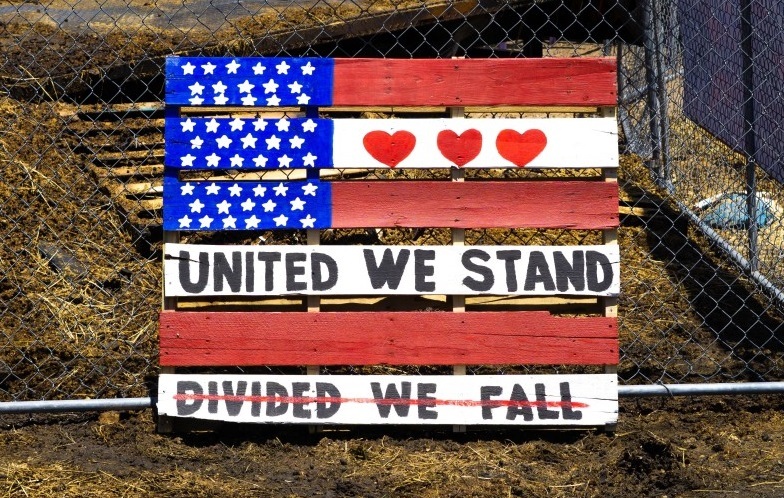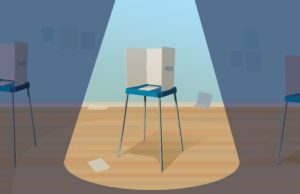Blog March 14, 2022
Americans Are More Optimistic Than You Think

In my college seminars, my students regularly ask how various groups are managing in the country, citing the concerns related to the Black Lives Matter movement and repeated attacks on members of the Asian American community. Data from the American National Family Life Survey, which sampled over 5,000 Americans and was fielded in November and December of 2021, reveals something quite positive that is often not mentioned in traditional spheres and on social media. The data show a remarkable amount of optimism among Black and Asian Americans about the future of the nation – more so than among those who are White.
Specifically, the survey asked respondents to think about the future of the United States and whether or not one is generally pessimistic or optimistic about it going forward. The national picture shows a fairly even split: Forty-seven percent of Americans are either very or somewhat optimistic while another 53 percent are generally somewhat or very pessimistic. Breaking the data down by generation or by educational level also does not produce clear group differences.
What does strongly emerge, however, are racial differences with respect to feelings about the future of the country. White respondents are appreciably more pessimistic about the future than their Black, Hispanic, and Asian counterparts. And despite obvious frustrations with a spike in violence as well as questions about representation and opportunity, Black Americans are among the most optimistic about the direction the US is headed. Almost two-thirds (64 percent) of Black Americans report feeling at least somewhat optimistic about the country’s future. A lower but significant majority of Asian Americans feel the same way at 59 percent, while 55 percent of Hispanic identifiers report an optimistic outlook. In contrast, just 41 percent of White Americans share this feeling of optimism about the future of the country, while six in 10 (60 percent) White Americans report feeling pessimistic. While partisan priming may be contributing to this pessimism given the results of the 2020 election, the fact of the matter is that racial differences are significant and non-White Americans express the strongest sense of optimism about the direction of the country.
Finally, it is worth noting as a general matter that those who are optimistic or pessimistic about how the country has changed see this change very differently. Those respondents who are optimistic about how things are going in the country tend to focus on the long arc of history, while those who express pessimism are more focused on recent events. The overwhelming majority of Americans (90 percent) who say things are generally getting better in the US say this is happening slowly over time. On the other hand, the majority (61 percent) of those who say things have been getting worse believe it is happening very quickly.
These data collectively serve as an important corrective to those who presume that very real problems preclude Americans from embracing an optimistic view of the country. The American experiment is quite imperfect and our nation’s history is one of regular social and demographic change around a core set of values and institutions. There have been and will be periods of unrest, discontent, and division as the nation works to become a more inclusive and diverse country. But it is critical to note that those very groups which are under attack at the moment are not retreating against the American Dream; instead, they are among the most optimist and forward-looking members of the polity. As the nation emerges from the COVID-19 pandemic, I am reminded of John Steinbeck’s sentiment from 'Travels With Charley: In Search Of America' that “A sad soul can kill you quicker, far quicker, than a germ”. The good news is that many American souls are far stronger than they may immediately appear.








